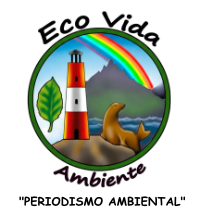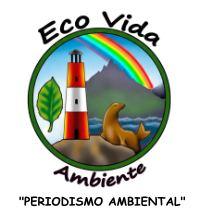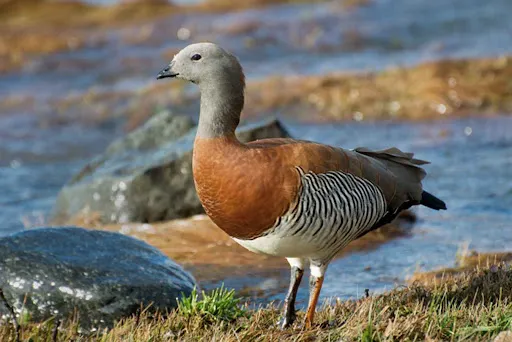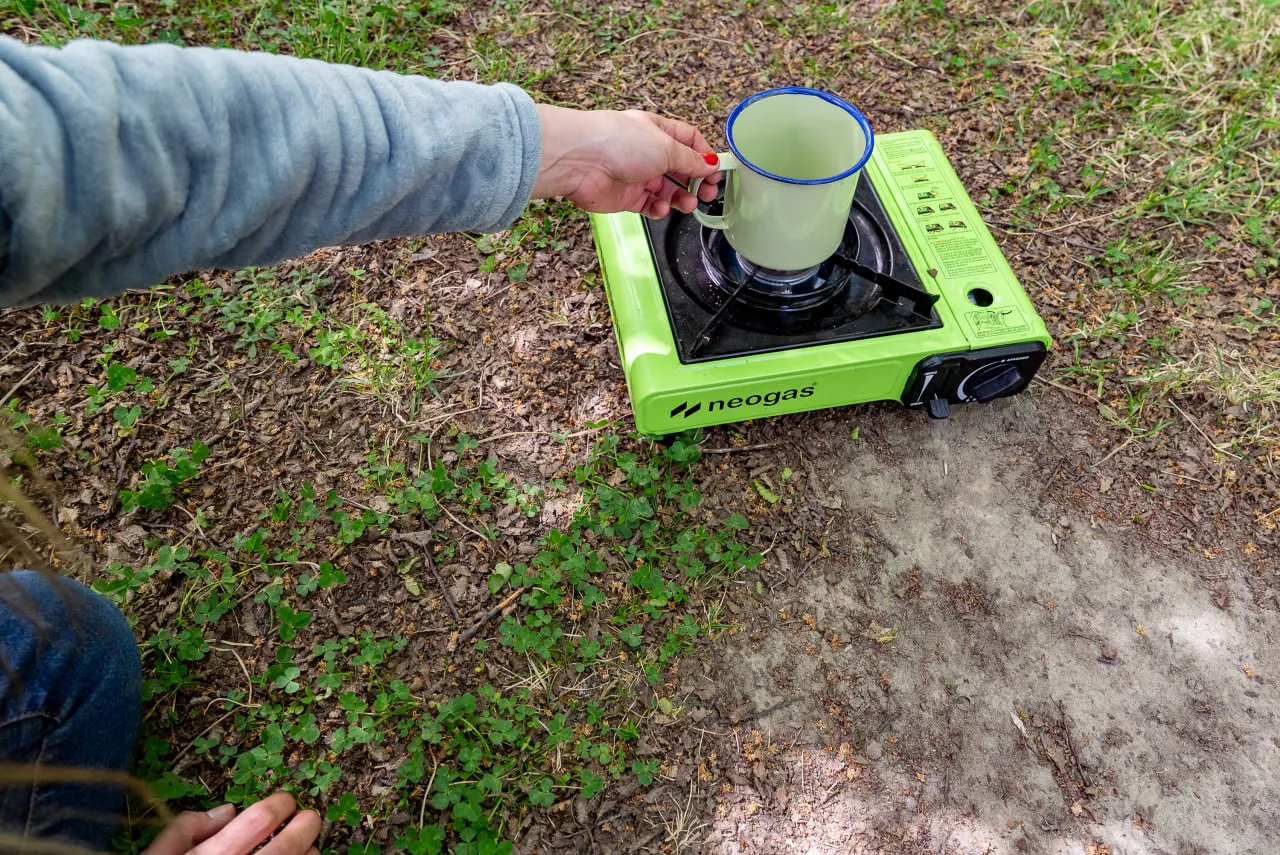
ecovida ambiente
TURISMO 26/12/2025Las experiencias que se presentaron incluyen sobrevuelos descubriendo los ambientes naturales fueguinos; trekking y caminatas cortas en la cabecera del Lago Fagnano, conociendo la historia local y los paisajes del Corazón de la Isla, caminando hasta el Salto la Porfiada, en el Sendero Paisaje en Movimiento en la Reserva Laguna Negra y un recorrido muy especial por la Reserva Río Valdez saboreando café de especialidades.

ecovida ambiente
PROVINCIALES26/12/2025La charla tendrá una modalidad presencial en los Polos Creativos de la provincia de 17 a 19 horas, iniciando en la ciudad de Tolhuin el 5 de enero, continuando en Río Grande el 7 de enero y culminando en Ushuaia el 8 de enero.

ecovida ambiente
PROVINCIALES29/12/2025Se recuerda a la población que hacer fuego está prohibido en toda la provincia, excepto en los sitios especialmente habilitados (campings autorizados) y únicamente cuando el Índice de Peligrosidad de Incendios lo permita. Esta herramienta es clave para evaluar el riesgo diario.

















